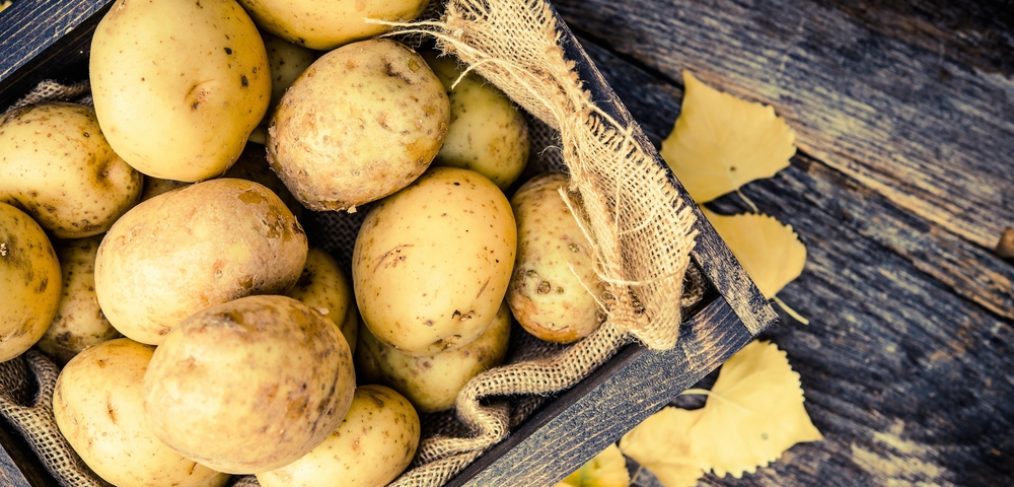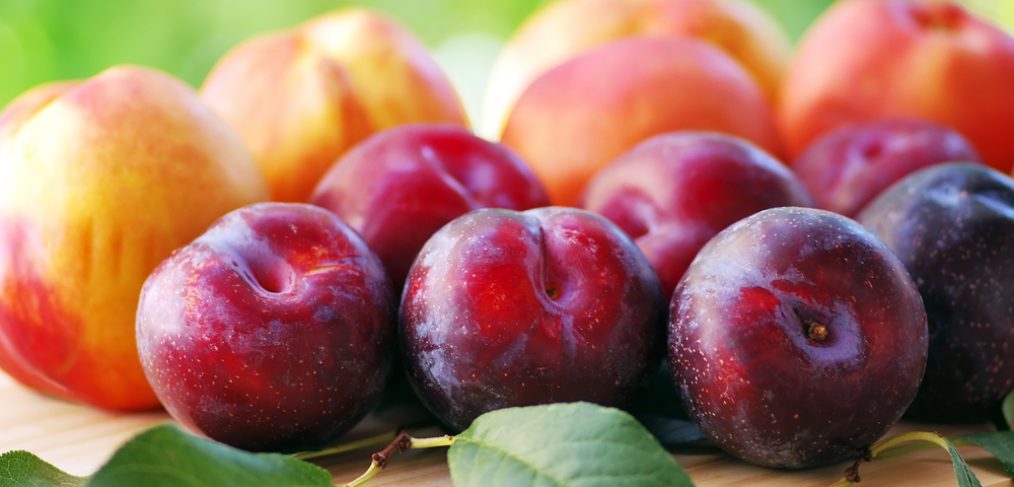In the 1960’s an endorsement by the Beatles was priceless. Anything the Fab Four did was sure to be imitated by thousands of young adults around the country, becoming an overnight sensation. In the 1990’s the same could be said of Oprah Winfrey. The daytime talk show host was said to have the “Midas Touch” when something earned her approval, taking the virtually unknown into superstar status. So, what happens to something that gets the thumbs up from both Oprah and the Beatles?
When the Beatles first sat down with the Maharishi in India in the 1960’s, Western attitudes about Indian spirituality would be forever changed. Since then, celebrities and common folk alike have been seeking the comfort of transcendental meditation. If you are pondering taking up a transcendental meditation course, here is a little of what you can expect.
What is Transcendental Meditation?
The transcendental Meditation technique, or ™ is a form of mantra meditation devised by the Maharishi Mahesh Yogi. It involves using a mantra and should be practice 15 to 20 minutes a day. and is one of the most commonly practiced and researched meditation techniques rooted in Hinduism and considered a religious practice toward self development
Practice
The Maharishi believed “bubbles of thought are produced in a stream one after another” and transcendental meditation involved experiencing “a proper thought until its subtlest state is experienced and transcended. Practices include “unstressing” and teachers will instruct students to ignore random thoughts and “attend” to a mantra.
Mantra
Transcendental meditation consists of repeating a mantra while sitting with closed eyes and without assuming a yoga position. The mantra is known as a vehicle which frees the attention of the individual, allowing him or her to travel to a less active state of mental function.
Course Description
The technique is taught in a seven- step- course in a six -day period. It is taught in private or group instruction by a certified teacher. It begins with a one hour introductory lecture which discusses social relationships, health, and the promotion of inner and outer peace. The next part consists of a 45 minute preparatory lecture discussing the transcendental practice and its origins. During the third step, a private interview takes place in which the student and teacher get acquainted and questions can be asked and answered.
The next day, the student begin his first of three 90 to 120 minute teaching sessions. It occurs in a group setting and provides information about correct meditational practice for the individual student based on personal experience. On the third day, the focus is on development of higher stages of human consciousness, outlining the potential of mental growth. Meditators new to the program attend follow up classes to make sure they are practicing properly and to provide a chance for one on one contact with the teacher.
Is transcendental meditation for you? Let us know what you think? Could Oprah and the Beatles have it wrong?













